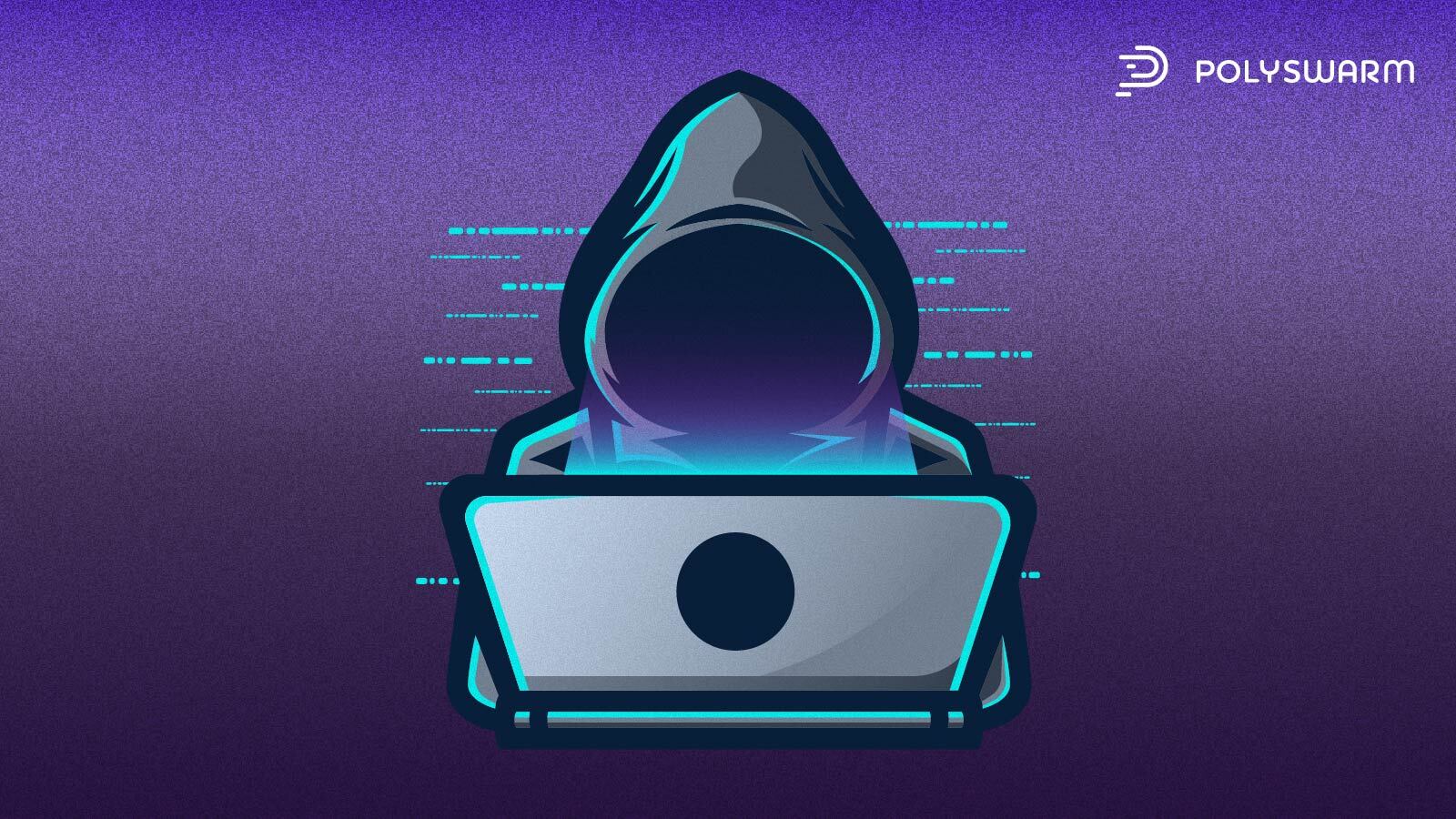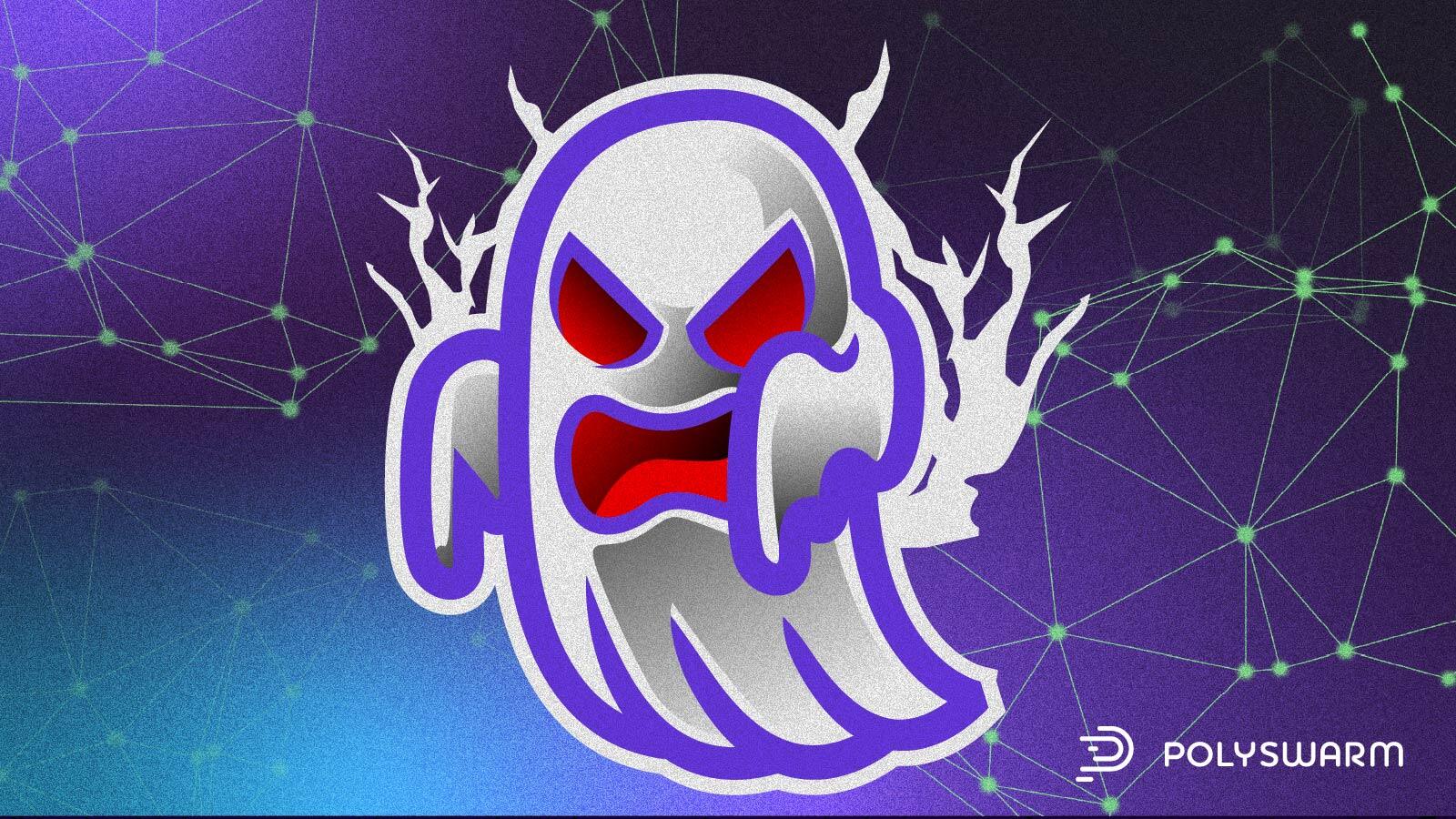Verticals Targeted: Not specified
Regions Targeted: None
Related Families: Petya, NotPetya, NotPetyaAgain, RedPetyaOpenSSL
HybridPetya
Sep 22, 2025 2:40:03 PM / by The Hivemind posted in Threat Bulletin, Ransomware, Malware Analysis, Petya, NotPetya, HybridPetya, UEFI bootkit, CVE-2024-7344, Secure Boot bypass, Master File Table
Nitrogen Ransomware Targets Financial Vertical
May 27, 2025 12:16:27 PM / by The Hivemind posted in Threat Bulletin, Financial, Ransomware, Emerging Threat, Nitrogen
Verticals Targeted: Finance, Construction, Manufacturing, Technology
Regions Targeted: US, UK, Canada
Related Families: Cobalt Strike, Meterpreter
VanHelsing Ransomware
Mar 31, 2025 2:19:18 PM / by The Hivemind posted in Threat Bulletin, Ransomware, Emerging Threat, VanHelsing
Executive Summary
VanHelsing is an emerging ransomware threat. VanHelsing targets an expansive array of platforms, including Windows, Linux, BSD, ARM, and ESXi systems, positioning it as a versatile threat across diverse IT environments.
RansomHub Affiliate Uses Custom Betruger Backdoor
Mar 28, 2025 1:37:43 PM / by The Hivemind posted in Threat Bulletin, Ransomware, Backdoor, TTPs, Betruger
Related Families: RansomHub
Verticals Targeted: Healthcare, Government, Critical Infrastructure
Ransomware Attacks Ramping Up in the Middle East
Mar 7, 2025 1:47:01 PM / by The Hivemind posted in Threat Bulletin, Middle East, Ransomware, LockBit, RansomHub, DragonForce
Related Families: DragonForce, RansomHub, LockBit
Verticals Targeted: Construction, Real Estate, Financial
Executive Summary
Recent industry reporting highlights the ransomware threats faced by various entities in the Middle East. DragonForce ransomware was recently observed targeting a real estate and construction company in Saudi Arabia. However, this is only the tip of the iceberg, as entities in the Middle East, particularly financial services entities in Saudi Arabia and the UAE, are also being heavily targeted by ransomware.
Ghost (Cring) Ransomware
Feb 24, 2025 11:57:27 AM / by The Hivemind posted in Threat Bulletin, Ransomware, Ghost, Cring
Verticals Targeted: Healthcare, Government, Education, Technology, Manufacturing, SMBs
Executive Summary
Ghost, also known as Cring, is a ransomware family that has been active since at least late 2020. A recent uptick in Ghost activity prompted US agencies to release a joint cybersecurity advisory on Ghost.
Lynx Ransomware
Feb 3, 2025 1:43:43 PM / by The Hivemind posted in Threat Bulletin, Ransomware, INC, Emerging Threat, Lynx
Related Families: INC
Verticals Targeted: Legal Services, Retail, Finance, Telecommunications, Agriculture, Manufacturing, Construction, Transportation, Healthcare, Energy
Executive Summary
Lynx ransomware is a ransomware-as-a-service (RaaS) that was first observed in July 2024. Since its debut, the ransomware has gained momentum and has continued its activity into early 2025.
Medusa Ransomware
Jan 24, 2025 2:18:04 PM / by The Hivemind posted in Threat Bulletin, Ransomware, Medusa
Verticals Targeted: Government, Insurance, Real Estate, Healthcare, Manufacturing, Legal Services, Construction, Retail, Business Services, Energy, Education, Telecommunications, Software, Hospitality, Transportation, Financial
Executive Summary
Medusa ransomware is a RaaS that has been active since at least 2023. Medusa has claimed several victims so far in 2025, including UK’s Gateshead Council.







